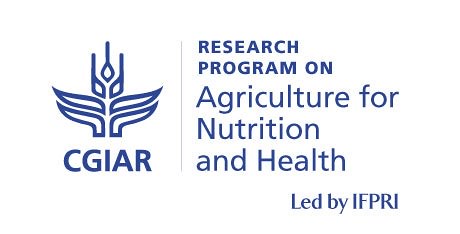
Maasai father and son tend to their cattle in their paddock in Kitengela, Kenya (photo credit: ILRI/Stevie Mann).
Brucellosis, also referred to as undulant fever, is a highly contagious zoonotic disease caused by the microorganism Brucella which infects multiple animal species including cattle, sheep, pigs, small ruminants, camels, water buffaloes and yaks.
Brucellosis affects both humans and animals, causing chronic fever and joint and muscle pain in humans and abortion in animals.
Cases of brucellosis in humans are often linked to consumption of unpasteurized milk and soft cheese made from the milk of infected cows.
Brucella infection in some developing countries can reach 30% of the human population, making it a serious public health disease.
In response to the problem of this disease in Africa, some 60 animal health experts from across Africa, the United States and other countries gather in Addis Ababa, Ethiopia from 29 to 31 January 2013 for a workshop to discuss an integrated approach to controlling brucellosis.
The workshop aims to identify gaps in brucellosis epidemiology, diagnosis, surveillance and control programs.
This will assist in designing research programs and intervention strategies to aid in the control of brucellosis at national and regional levels.
Specific topics that will be addressed include:
- Transmission of infection from animals to humans
- Laboratory biosafety practices
- Diagnostics assays, serology and organism identification
- Vaccination strategies
- Potential research collaborations
The workshop is co-organized by the Agricultural Research Service of the United States Department of Agriculture (USDA-ARS), the International Livestock Research Institute (ILRI) and the United States Agency for International Development (USAID).
It is sponsored by the US Department of State Biosecurity Engagement Program.
ILRI scientists Delia Grace, Eric Fèvre and Roger Pellé will attend the workshop.
Additional information is available on the USDA-ARS website

